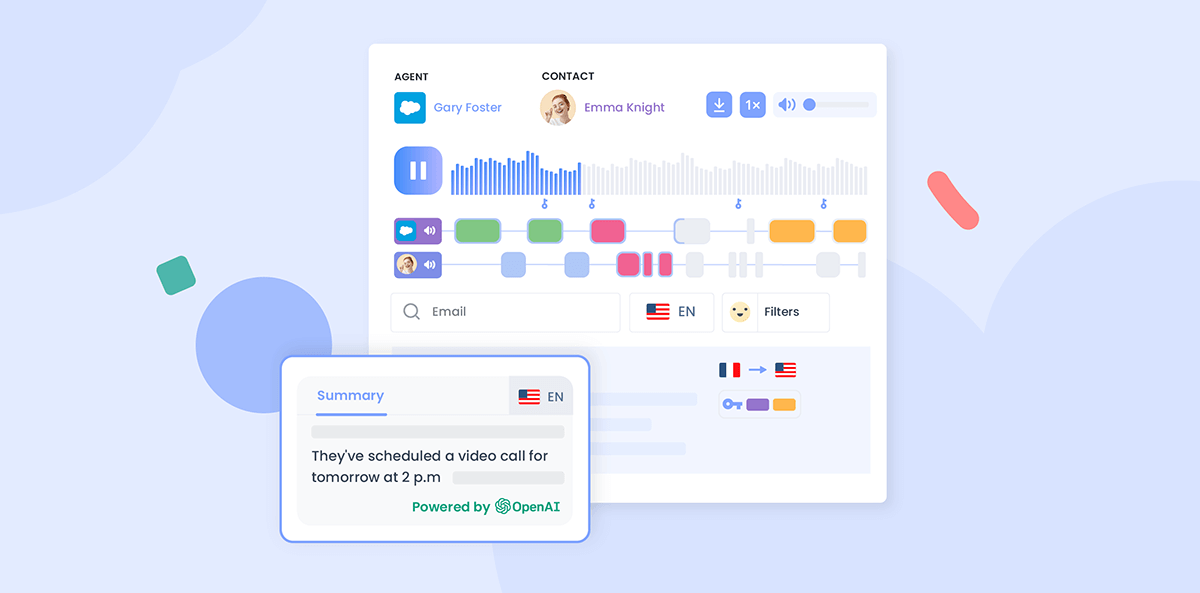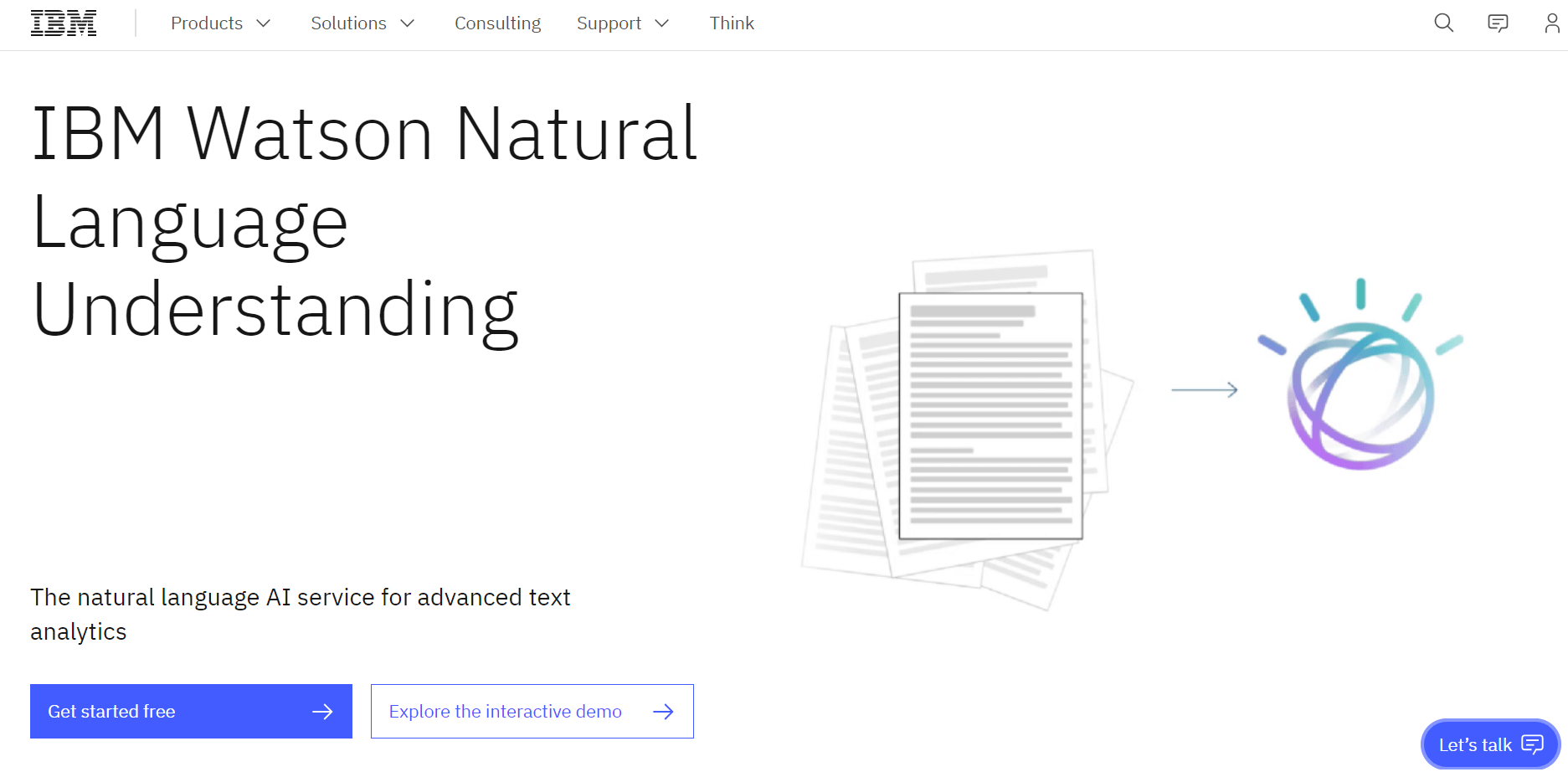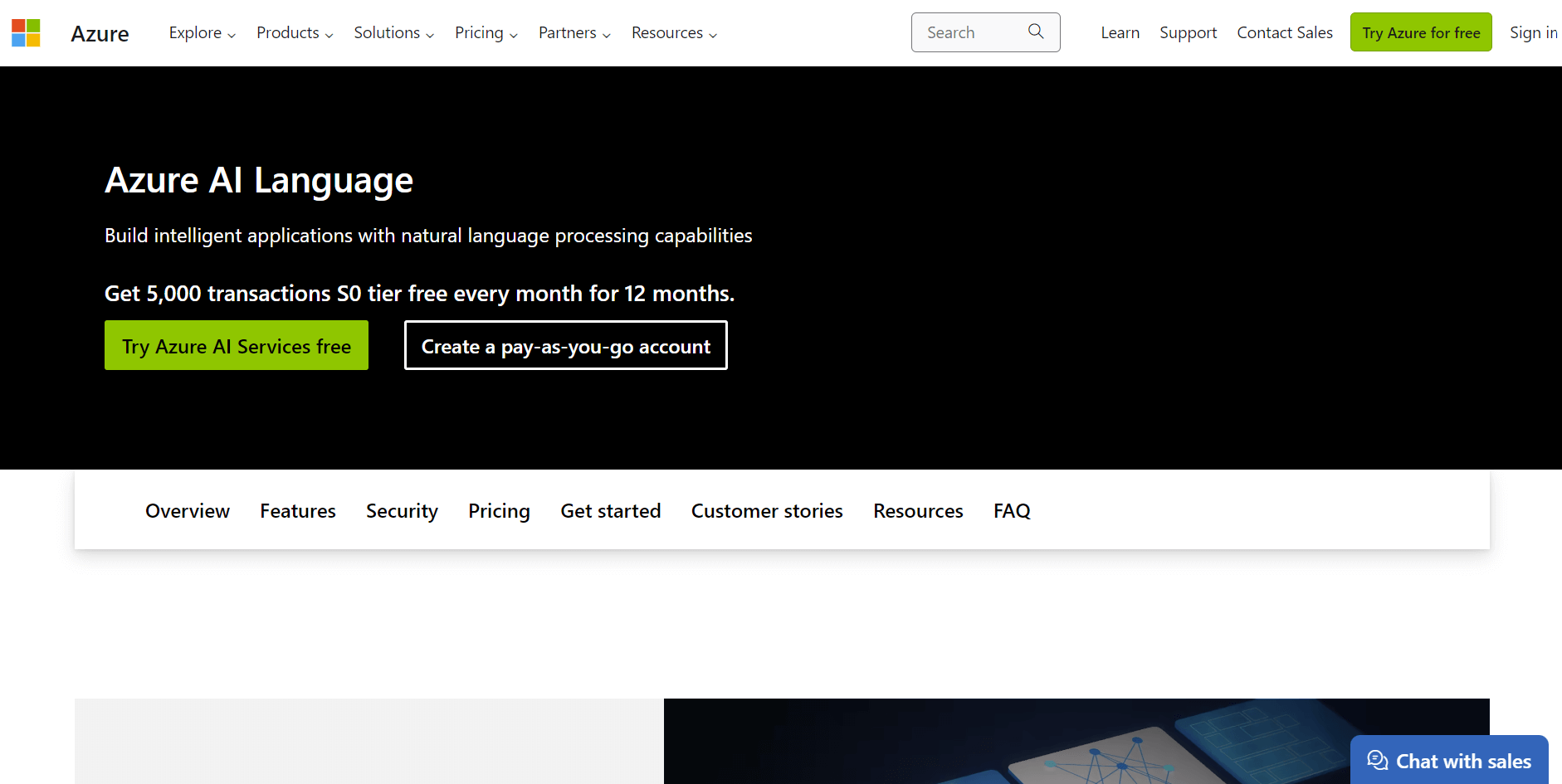Summary
In today's digital age, understanding consumer sentiment is more important than ever for businesses looking to make informed marketing decisions. Sentiment analysis, a powerful tool powered by natural language processing (NLP) and machine learning algorithms, provides marketers with valuable insights into how customers perceive their brand, products, and services.
In this article, we'll explore what sentiment analysis is, how marketers can leverage it, examples of its application, and its role in marketing.
What is sentiment analysis in marketing?
Sentiment analysis in marketing is the process of analyzing textual data from various sources, such as social media, customer reviews, surveys, and other forms of feedback, to understand the sentiment or attitude expressed towards a particular brand, product, service, or topic.
Using natural language processing (NLP) and machine learning techniques, sentiment analysis tools categorize text as positive, negative, or neutral based on the language used and the emotions conveyed. This allows marketers to gain valuable insights into how consumers perceive their brand, products, or marketing campaigns.
Five sentiment analysis in marketing tools
1. Empower by Ringover

When it comes to optimizing your marketing, having insight into what your customers think and feel is invaluable. Empower is a conversation intelligence software which automatically transcribes and analyzes customer calls. Sentiment analysis technology identifies moments of strong emotion during interactions, identifies the emotion, and offers actionable feedback to marketers. For example, marketers can conduct focus groups, surveys, or customer interviews to dig into customers' reactions to new products or marketing campaigns. There's no more guessing about how customers feel–you'll have precise data to quantify results and optimize future marketing strategies.
2. Lexalytics
Lexalytics is a text analytics platform that offers advanced sentiment analysis capabilities. It uses natural language processing (NLP) and machine learning algorithms to analyze text data and categorize sentiment as positive, negative, or neutral. Lexalytics provides industry-specific sentiment analysis models tailored to domains such as social media, customer experience, and market research.

3. IBM Watson Natural Language Understanding
IBM Watson Natural Language Understanding is a cloud-based NLP service that offers sentiment analysis among its features. It provides pre-built sentiment analysis models that can be used to analyze text data in real-time and extract insights into customer sentiment. IBM Watson NLU also offers entity recognition, keyword extraction, and other text analysis capabilities.

4. Google Cloud Natural Language API
Google Cloud Natural Language API offers sentiment analysis as part of its suite of text analysis tools. It uses machine learning models to analyze text data and determine sentiment polarity (positive, negative, or neutral) with high accuracy. Google Cloud NLP API is easy to integrate with existing applications and offers support for multiple programming languages.

5. Microsoft Azure Text Analytics
Microsoft Azure Text Analytics is a cloud-based text analysis service that includes sentiment analysis as one of its core features. It offers pre-trained sentiment analysis models that can analyze text data in multiple languages and provide sentiment scores ranging from 0 (negative) to 1 (positive). Azure Text Analytics also offers entity recognition, language detection, and key phrase extraction capabilities.

Use Cases: How can marketers use sentiment analysis?
Marketers can use sentiment analysis to gain deeper insights into customer preferences, perceptions, and emotions, allowing them to:
1. Monitor Brand Reputation
Track online mentions of their brand in real-time and identify trends in customer sentiment to protect and enhance brand reputation.
2. Inform Product Development
Analyze customer feedback to identify product features that resonate positively or negatively with consumers, informing future product development efforts.
3. Improve Customer Service

Identify and address customer complaints or concerns in a timely manner to improve overall customer satisfaction and loyalty.
4. Inform Content Strategy
Understand which types of content and messaging resonate most with their target audience, informing content creation and marketing strategies.
5. Competitive Analysis
Compare sentiment towards their brand with that of competitors to identify areas of competitive advantage or weakness.
What are Sentiment Analysis Examples?

Some common examples of sentiment analysis in marketing include:
- Analyzing product reviews on e-commerce platforms to understand customer satisfaction levels.
- Monitoring social media mentions to gauge public opinion about a brand's latest marketing campaign.
- Examining customer feedback surveys to identify areas for improvement in products or services.
- Tracking sentiment towards a brand during a crisis or PR incident to assess the impact on brand reputation.
What is Sentiment Analysis in Social Media Marketing?
In social media marketing, sentiment analysis involves analyzing the sentiment expressed in social media posts, comments, and conversations related to a brand or industry. By monitoring sentiment on platforms like Twitter, Facebook, and Instagram, marketers can:
- Identify brand advocates and influencers who can help amplify positive sentiment.
- Respond to customer complaints or negative feedback in a timely and appropriate manner.
- Gauge the effectiveness of social media marketing campaigns by measuring changes in sentiment over time.
Sentiment Analysis in Marketing FAQ
What is sentiment analysis used in influence marketing?
Sentiment analysis in influence marketing involves analyzing the sentiment expressed towards influencers, their content, and the brands they promote. Marketers can use sentiment analysis to identify influencers whose audience shares positive sentiment towards their brand or products.
What is sentiment analysis examples?
Some examples of sentiment analysis include analyzing customer reviews, social media posts, survey responses, and online forums to gauge sentiment towards a brand, product, or service.
What is the main purpose of sentiment analysis?
The main purpose of sentiment analysis is to gain insights into customer opinions, emotions, and attitudes towards a particular topic, brand, or product. By understanding sentiment, businesses can make data-driven decisions to enhance customer satisfaction, brand reputation, and marketing effectiveness.
Bibliography
- https://www.semrush.com/
- https://www.indeed.com/
- https://monkeylearn.com/


